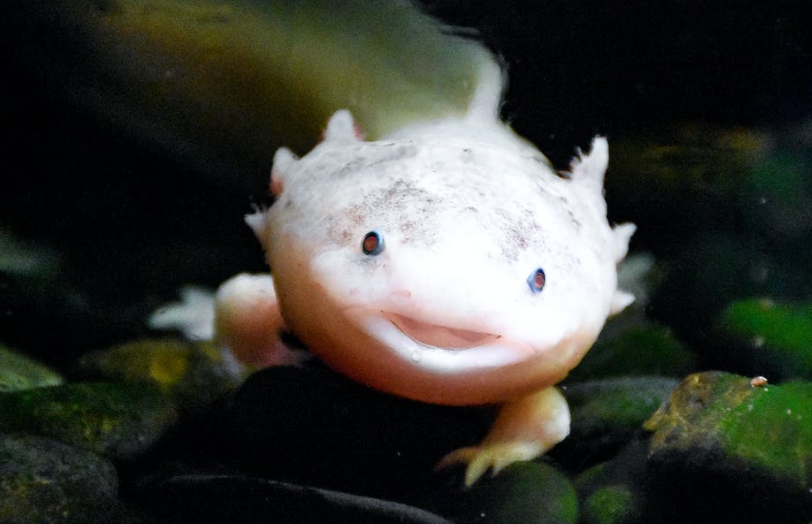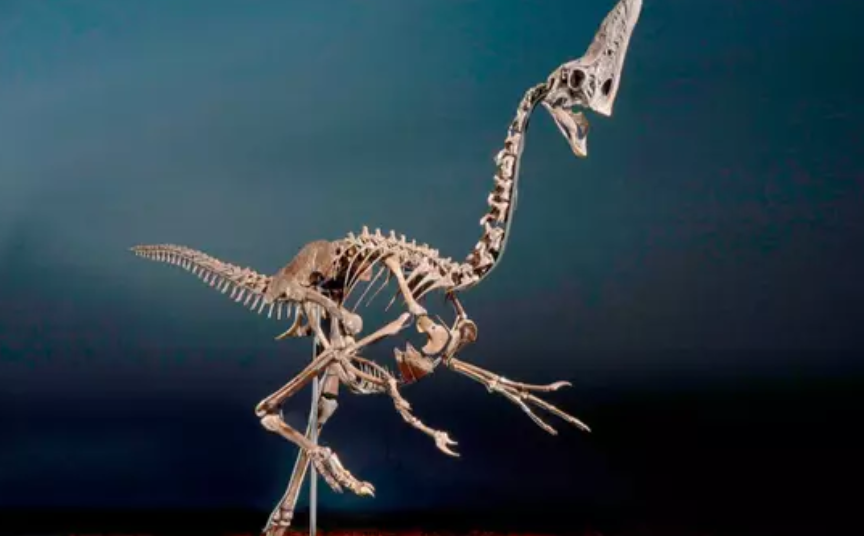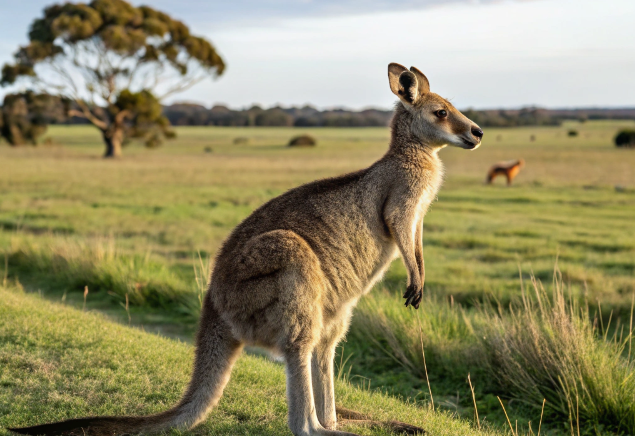What Is an Axolotl? The Small and Smiley Animal Friends

© Artem Lysenko / Pexels
This animal is all smiles and all smiles only! Forget a gloomy day once you get to see an axolotl up close. The fish, who are also known as “Mexican walking fish,” are charming aquatic salamanders who are known for their unbearing cuteness and endearing wide smiles. (Just writing about them is making me smile right now!) But, there is even more to this aquatic animal than just their looks.
What Are Axolotls?
The axolotl, scientifically known as Ambystoma mexicanum, belongs to the salamander family. Salamanders are classified as amphibians, sharing this category with frogs, toads, and newts. Amphibians, vertebrates with a backbone, are cold-blooded, meaning their body temperature depends on the environment.
The term “amphibian” is derived from a Greek word meaning”double life,” showing their life cycle that involves both aquatic and terrestrial phases. Typically, amphibians, including many salamanders, begin their lives in water. During metamorphosis, the transformation into their mature form, gills are replaced by lungs, facilitating their adaptation to life on land.
What Makes Them Different From Salamanders?
What sets apart the axolotl from most other salamanders is its neotenic nature. They exhibit neoteny, retaining many characteristics from their juvenile stage into adulthood. Unlike other salamanders, axolotls maintain both gills and lungs, even though they mostly reside in water throughout their lives. Additionally, they keep juvenile features like a tail and body fin, which are usually lost by other salamanders as they reach maturity.
What Do Axolotls Look Like?
Axolotls, descendants of the tiger salamander, share a basic body shape with their striped ancestors but differ significantly in appearance. They can reach lengths of up to 18 inches, with nine inches being more typical, and their weight ranges from 2 to 8 ounces. In the wild, axolotls are generally brown with dark mottling and potential silvery highlights, while captive ones are often bred to exhibit white and pink coloration.

Characterized by a wide, flat head and slightly upturned mouth that give them a smiling appearance, axolotls may have dark or bright blue irises. The unique feature of axolotls is the long, feathery gills on their heads, with three frilly gills on each side. In darker-colored axolotls, the frills are deep red or maroon, while in paler ones, they can range from soft pink to vibrant fuchsia.
Similar to other salamanders, axolotls have four legs with webbed feet. However, their tails differ significantly – instead of the thick, muscular tails seen in other salamanders, the axolotl’s tail resembles a tadpole tail, never undergoing maturation.
Rejuvenation in Axolotls
Similar to other salamanders, axolotls possess remarkable regenerative capabilities, being able to regrow various body parts such as the heart, jaw, limbs, lungs, parts of the brain, and spines. Notably, research indicates that axolotls can regenerate limbs up to five times flawlessly, without leaving any scars. Additionally, certain organs may remain functional even after numerous regenerations. Scientists have observed that axolotls can undergo organ and limb transplants from other axolotls without facing the risk of rejection.
Given their extraordinary regenerative capacities, axolotls are widely used in medical research. Furthermore, they exhibit exceptional resistance to cancer, making them subjects of interest for further scientific investigation.
Can You Keep Axolotls as Pets?
Axolotls thrive in captivity and are popular in homes and research labs. Ownership regulations vary among states, with some, like New Mexico and Virginia, having strict rules, while California, Maine, and New Hampshire ban axolotls due to their endangered status. In states that consider them as “exotic pets,” specific steps must be followed before keeping one. The U.S. Fish and Wildlife Service (USFWS) regulates the import and interstate transport of certain exotic animals under the Lacey Act. This includes species listed under the Endangered Species Act (ESA) and those considered injurious or potentially harmful.

For proper care, they should be housed in a minimum 10-gallon aquarium, preferably 20 gallons, with no land area required as they are aquatic. Bright lighting is a no-go, and water temperature should be kept in the 60s or low 70s Fahrenheit. Bloodworms and large earthworms are recommended as food options.
Fun Facts About Axolotls
Here are some fascinating facts:
1. Natural Habitat
The axolotl is native to a specific location in the world – Lake Xochimilco in southern Mexico City. Once inhabiting two lakes in Mexico City, including Lake Chalco, their native habitat has been significantly impacted. Lake Chalco was drained to prevent flooding, and Lake Xochimilco has been reduced to canals. Their population in Lake Xochimilco has dwindled due to habitat loss and the introduction of predatory carp and tilapia.
2. Colorful Animals
The color pigmentation and patterns are determined by four different genes. In their natural habitat, axolotls are predominantly brown or black with specks of gold or olive, and, like other salamanders, they can adjust their color for better camouflage. Lighter-colored variations, such as albino, leucistic (reduced pigmentation), and pink, are more common in axolotls bred in captivity. The feathery gills on the back of an axolotl’s head are also pigmented, notably in the bright red shade found in albino axolotls.
3. Diet
Axolotls are nocturnal carnivorous predators that employ a suction method to feed on various prey, including crustaceans, mollusks, insect larvae, worms, and occasionally small fish. Additionally, they may ingest bits of gravel to aid in grinding up their food, facilitating digestion.
4. Lifespan
Axolotls, when kept in captivity, generally have a lifespan of 10 to 15 years, and with appropriate care, some may live up to 20 years. Unlike some animals, they are independent from birth and do not receive parental assistance. They attain sexual maturity around six months of age and typically breed when the water temperature rises, usually between March and June. Female axolotls can lay a considerable number of eggs, ranging from 300 to 1,000, and the eggs usually hatch approximately two weeks after being laid.
5. They Wear Dance Pants
Well, kind of. Axolotls typically begin mating at six months of age. The mating process involves adult animals rubbing each other’s cloacal region and engaging in a circular, dance-like movement. Females lay around 100 to 300 eggs once a year in the wild, and more frequently in captivity. After safely depositing the eggs, there is no further parental involvement. The eggs hatch after 10 to 14 days, and the young axolotls are left to fend for themselves.
6. Large Genomes
Sequencing the DNA of axolotls poses a challenge for scientists due to its vast size. They have 32 billion DNA bases, 10 times larger than the human genome. Despite the complexity, this endeavor is crucial as it enables researchers to understand how axolotls employ stem cells for tissue regeneration.
Axolotl Endangered Status
A 2019 assessment by the International Union for the Conservation of Species revealed a dwindling population of axolotls in the wild, estimated to be between 50 and a thousand individuals, with a decreasing trend. Various factors, including development for tourism and housing, agricultural and industrial pollution, and the introduction of invasive fish like tilapia, contribute to the decline of their populations.
Efforts to save the animals involve initiatives by the Mexican government and numerous nonprofits. These efforts include restoring parts of their freshwater habitat and promoting ecotourism to allow people to witness these unique salamanders in their natural environment.
Would you consider getting an axolotl as a pet?
You might also want to read: The Blobfish – Fun Facts About the “Ugliest” Fish in the World


